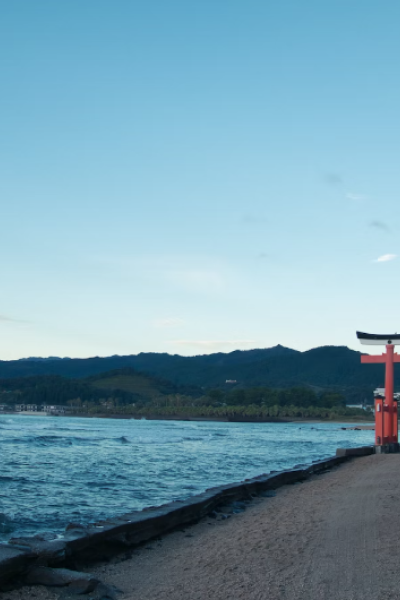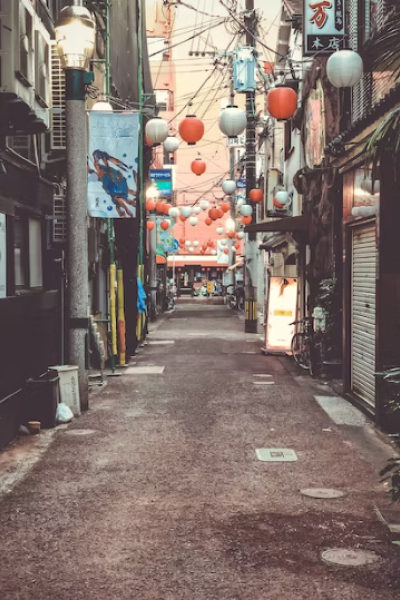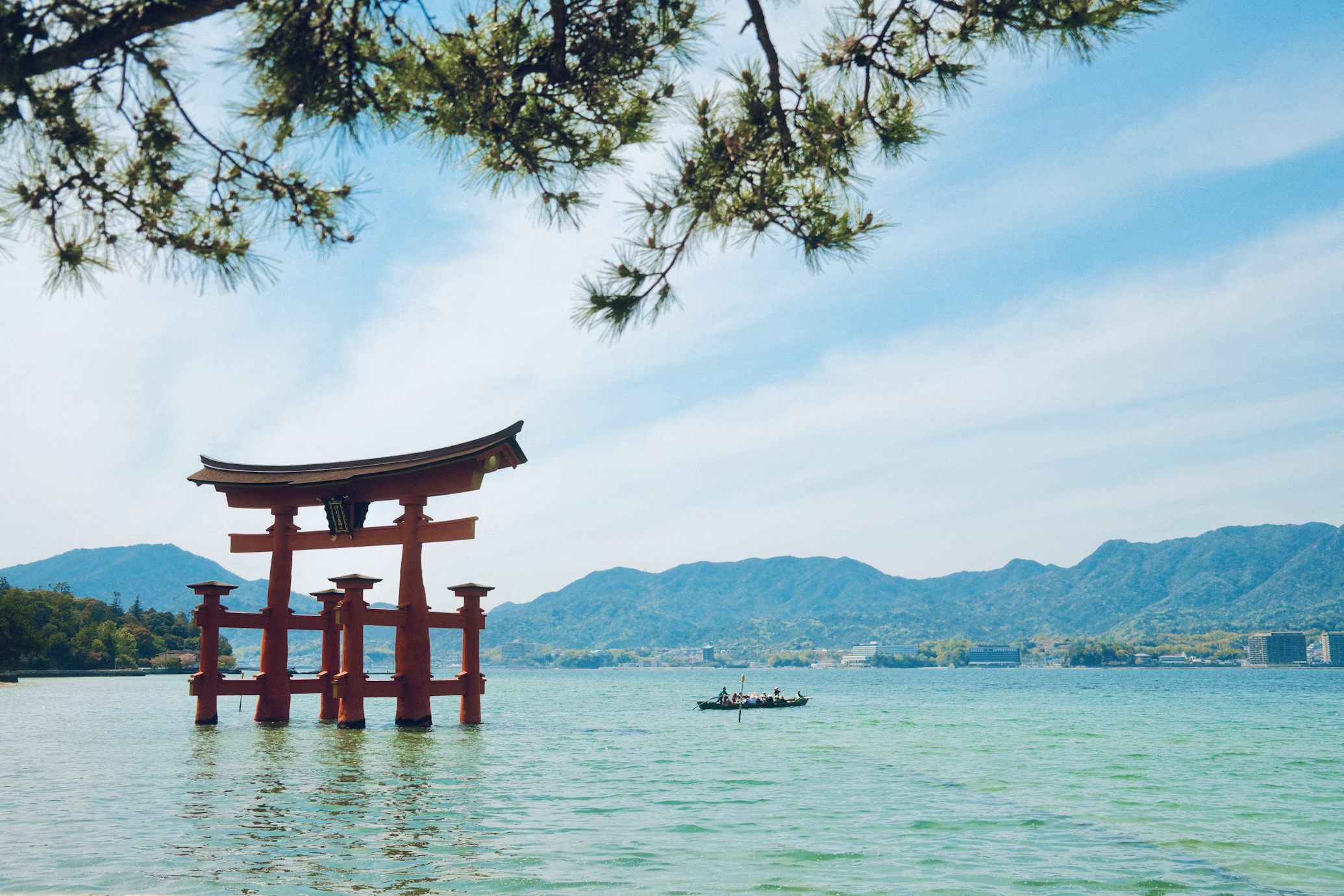Hokuriku Shinetsu
Niigata
Famous For:
Niigata is famous for its high-quality rice, sake breweries, and scenic coastal areas
Why Visit:
Travelers can enjoy fresh seafood, explore historic sites like Yahiko Shrine, and experience winter sports in Niigata’s renowned ski resorts.
How to Get There:
Niigata can be reached by train from Tokyo in approximately 2.5 to 3 hours.
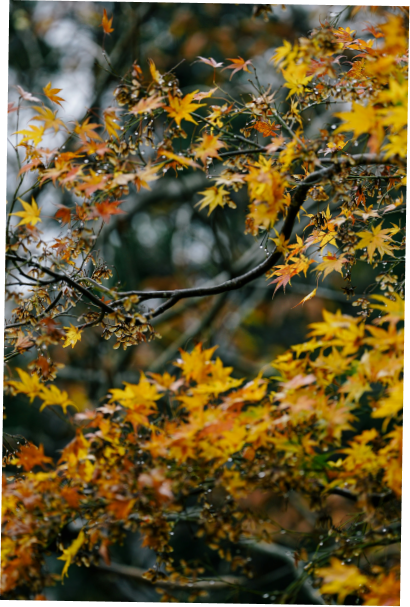
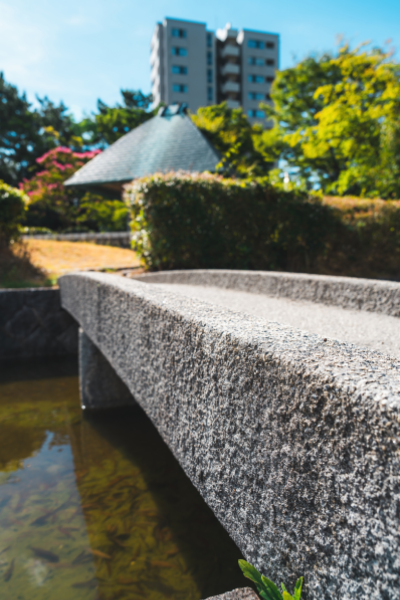
Toyama
Famous For:
Toyama is known for its picturesque Alpine Route, Toyama Bay’s seafood, and the historic villages of Gokayama and Shirakawa-go
Why Visit:
Travelers can hike the Tateyama Kurobe Alpine Route, visit the traditional thatched-roof villages, and enjoy fresh seafood delicacies.
How to Get There:
Toyama is accessible by train from Tokyo in about 2.5 to 3 hours.

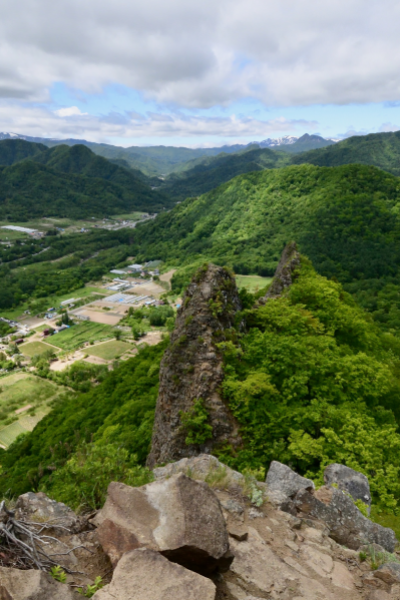
Ishikawa
Famous For:
Ishikawa is renowned for Kanazawa, a city with well-preserved Edo-period districts, geisha culture, and Kenrokuen Garden
Why Visit:
Visitors can explore historical sites, enjoy traditional arts and crafts, and savor fresh seafood from the Sea of Japan.
How to Get There:
Ishikawa can be reached by train from Tokyo in approximately 2.5 to 3 hours.

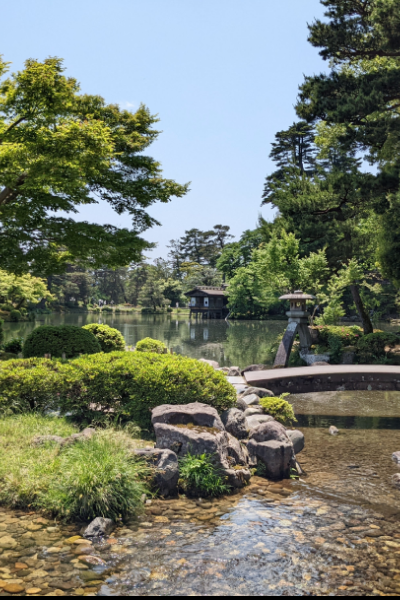
Fukui
Famous For:
Fukui is known for its dinosaur fossils, Eiheiji Temple (a significant Zen Buddhist temple), and Tojinbo Cliffs.
Why Visit: Travelers can visit dinosaur museums, experience the tranquility of Eiheiji Temple, and admire the scenic cliffs of Tojinbo.
Why Visit:
Fukui can be accessed by train from Tokyo in about 2.5 to 3 hours..


Kansai
Kyoto
Famous For:
Kyoto is famous for its traditional temples, shrines, historic districts, and traditional tea houses.
Why Visit:
Kyoto offers a glimpse into Japan’s ancient past, with attractions like Kinkaku-ji (Golden Pavilion) and Fushimi Inari Shrine. Visitors can also participate in tea ceremonies.
How to Get There:
Kyoto is easily accessible by train from Osaka and Tokyo.

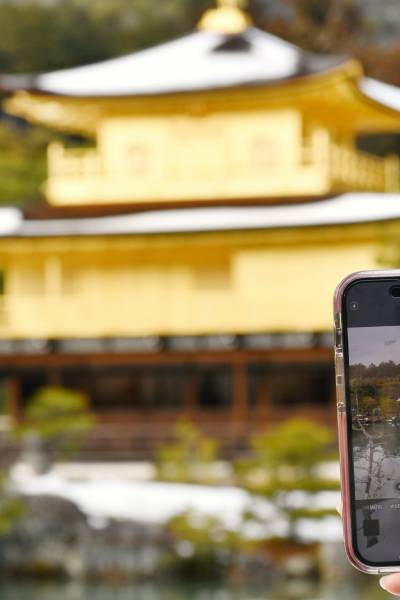
Osaka
Famous For:
Osaka is known for its modern architecture, vibrant nightlife, street food, and historic landmarks like Osaka Castle.
Why Visit:
Osaka offers shopping districts like Dotonbori, Universal Studios Japan, and delicious street food, including takoyaki (octopus balls) and okonomiyaki (savory pancakes).
How to Get There:
Osaka offers shopping districts like Dotonbori, Universal Studios Japan, and delicious street food, including takoyaki (octopus balls) and okonomiyaki (savory pancakes).
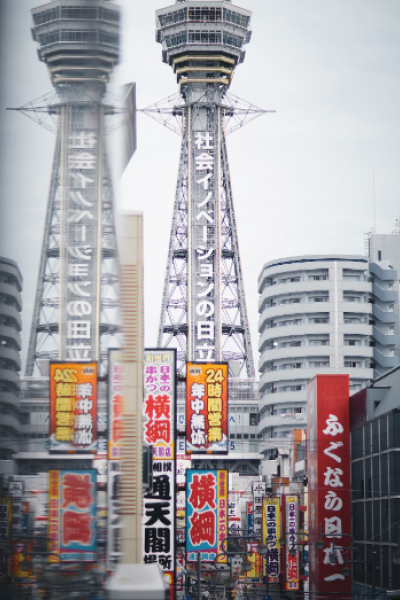

Nara
Famous For:
Nara is famous for its ancient temples, Nara Park with free-roaming deer, and Todai-ji Temple housing a giant Buddha statue.
Why Visit:
Nara provides a serene atmosphere with historical landmarks, beautiful gardens, and the unique experience of interacting with friendly deer in Nara Park.
How to Get There:
Nara is accessible by train from Kyoto and Osaka.
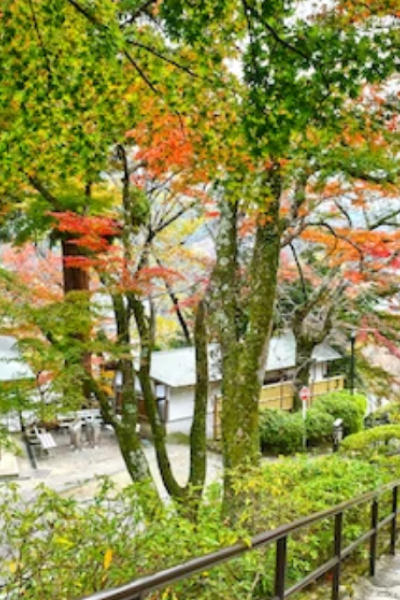
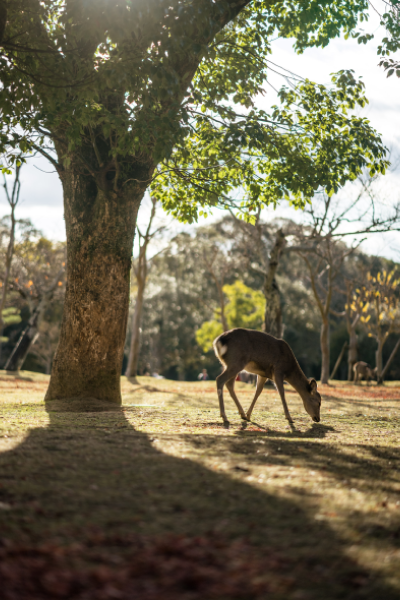
Shiga
Famous For:
Shiga is known for Lake Biwa, Japan’s largest freshwater lake, and Hikone Castle, one of the country’s well-preserved castles.
Why Visit:
Travelers can enjoy water activities on Lake Biwa, visit historic temples, and explore the beautiful countryside.
How to Get There:
Shiga is accessible by train from Kyoto and Osaka.
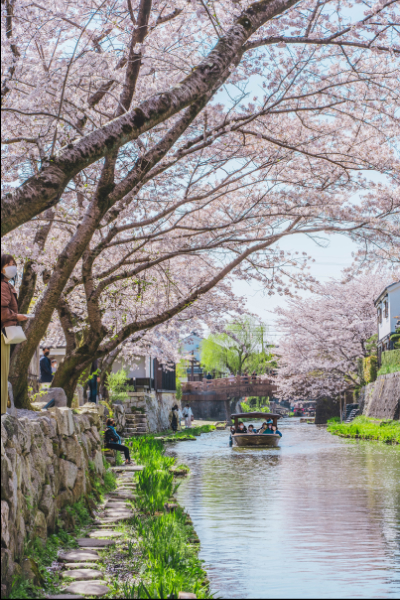
Kanto
Tokyo
Famous For:
Tokyo is famous for its modern skyscrapers, technology, shopping districts like Shibuya and Ginza, and cultural attractions.
Why Visit:
Tokyo is famous for its modern skyscrapers, technology, shopping districts like Shibuya and Ginza, and cultural attractions.
How to Get There:
Tokyo is a major international hub and can be easily accessed by train, bus, or plane from various cities
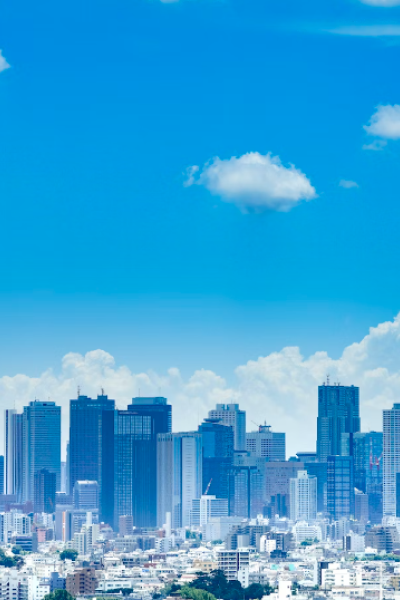

Chiba
Famous For:
Chiba is known for Tokyo Disneyland and Tokyo DisneySea, Makuhari Messe convention center, and beautiful beaches along the Boso Peninsula.
Why Visit:
Chiba offers family-friendly entertainment at the Disney resorts, international events and exhibitions at Makuhari Messe, and relaxing beach vacations.
How to Get There:
Chiba is accessible by train from Tokyo and other neighboring cities.
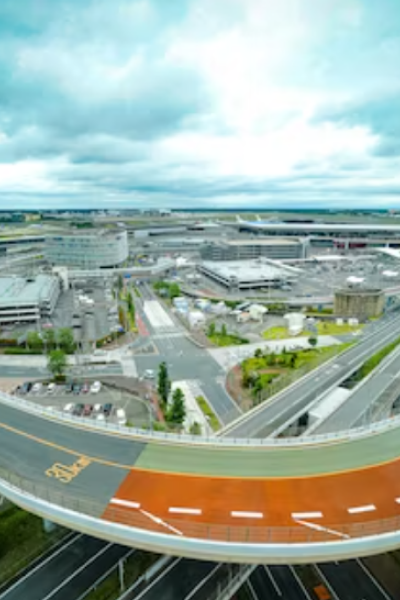
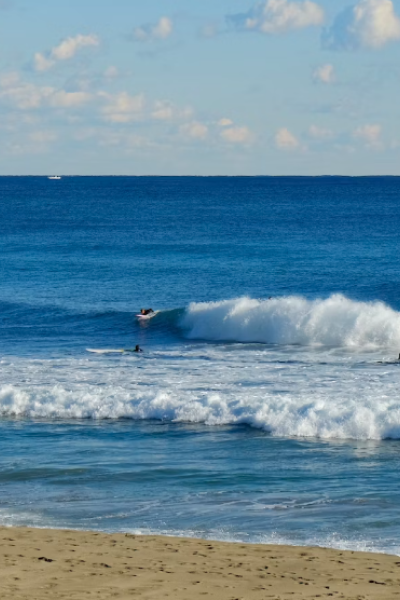
Saitama
Famous For:
Saitama is famous for its natural parks, historical sites, and the Omiya Bonsai Village, a center for bonsai cultivation.
Why Visit:
Visitors can explore scenic parks, learn about bonsai cultivation, and visit historical landmarks like the Musashi Ichinomiya Hikawa Shrine.
How to Get There:
Saitama is easily accessible by train from Tokyo and other nearby areas.
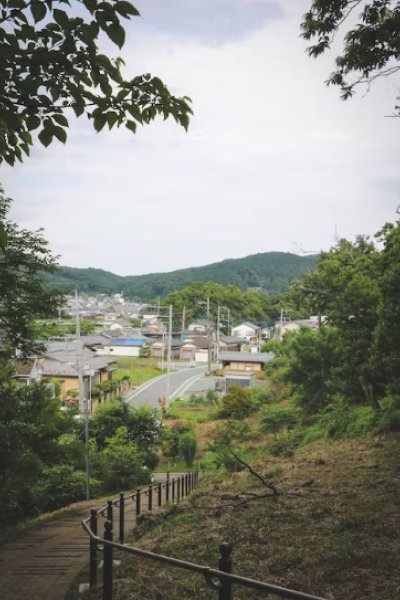
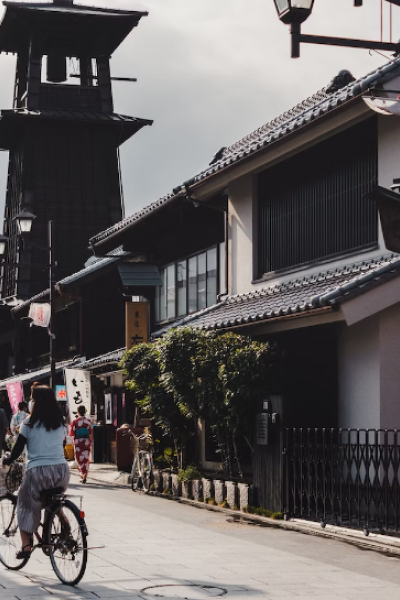
Chugoku
Hiroshima
Famous For:
Hiroshima is known for Hiroshima Peace Memorial Park, Hiroshima Castle, and the iconic Itsukushima Shrine on Miyajima Island.
Why Visit:
Hiroshima offers a poignant historical experience, stunning natural beauty, and cultural attractions like traditional tea houses and festivals.
How to Get There:
Hiroshima is accessible by train and ferry from major cities in Japan.
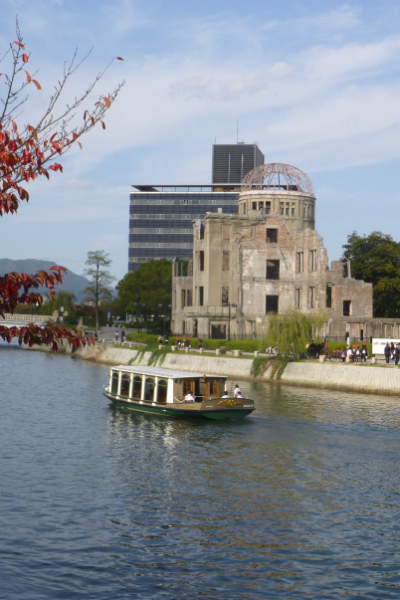
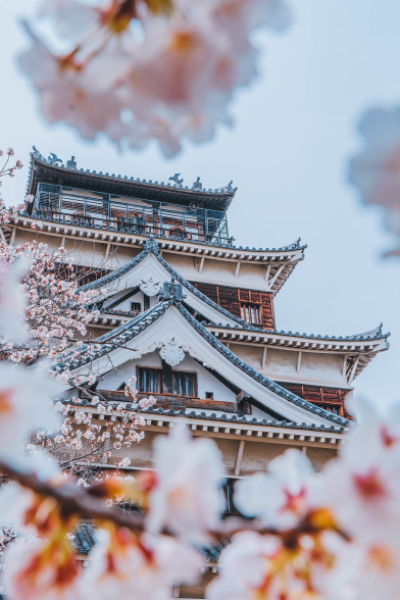
Tottori
Famous For:
Tottori is famous for the Tottori Sand Dunes, Mount Daisen, and Uradome Coast’s scenic landscapes.
Why Visit:
Travelers can enjoy outdoor activities, explore sand dunes, hike mountains, and relax on picturesque beaches.
How to Get There:
Tottori is accessible by train and bus from various cities in Japan.
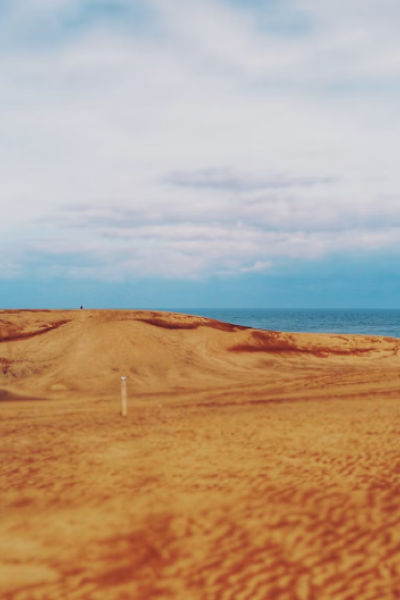

Shimane
Famous For:
Shimane is known for Izumo Taisha, one of Japan’s oldest Shinto shrines, Matsue Castle, and the Oki Islands with unique natural formations.
Why Visit:
Shimane offers historical and spiritual attractions, beautiful castles, and the opportunity to explore remote islands.
How to Get There:
Shimane is accessible by train and ferry services from other regions in Japan.
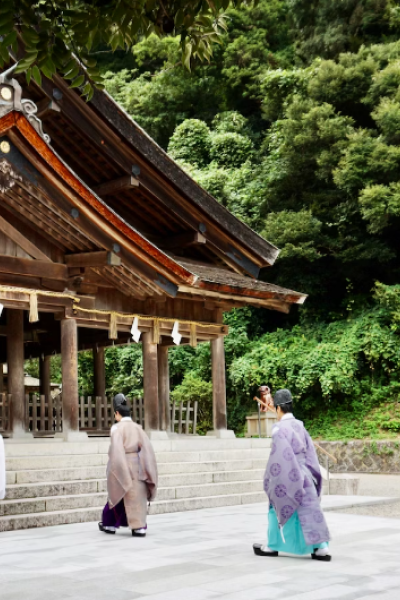
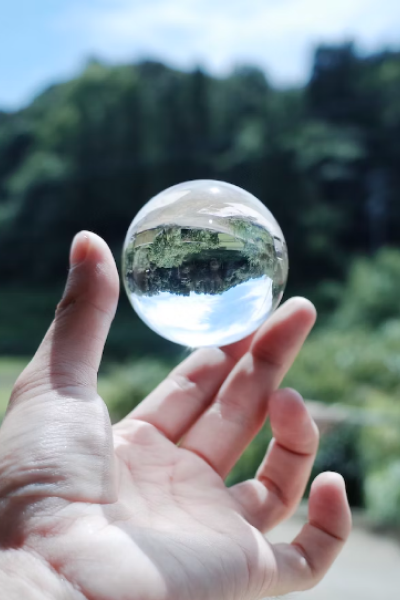
Shikoku
Tokushima
Famous For:
Tokushima is renowned for the Awa Odori Festival, Ryozen-ji Temple (first temple of the Shikoku Pilgrimage), and natural attractions like Naruto Whirlpools.
Why Visit:
Visitors can experience traditional dance festivals, pilgrimage routes, and natural wonders along the Naruto Strait.
How to Get There:
Tokushima is accessible by train and bus services from various cities in Japan.


Kagawa
Famous For:
Kagawa is famous for its udon noodles, Ritsurin Garden (a historic garden), and the Seto Inland Sea with the scenic Shodoshima Island.
Why Visit:
Kagawa offers culinary delights, beautiful gardens, and island-hopping opportunities in the Seto Inland Sea.
How to Get There:
Kagawa is accessible by train and ferry services from major cities in Japan.
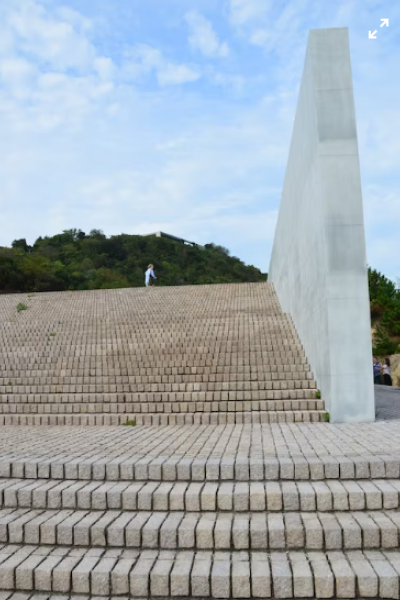
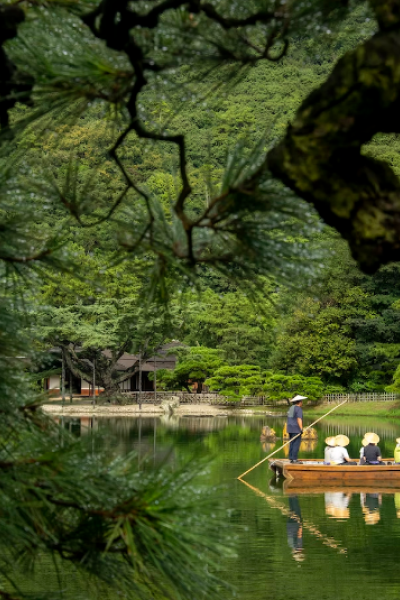
Kyushu
Saga
Famous For:
Saga is known for its historic pottery towns, hot springs (onsen), and natural attractions like Mifuneyama Rakuen Garden.
Why Visit:
Saga offers a rich cultural experience, traditional pottery workshops, and relaxing hot spring resorts.
How to Get There:
Saga is accessible by train and bus services from other regions in Kyushu.

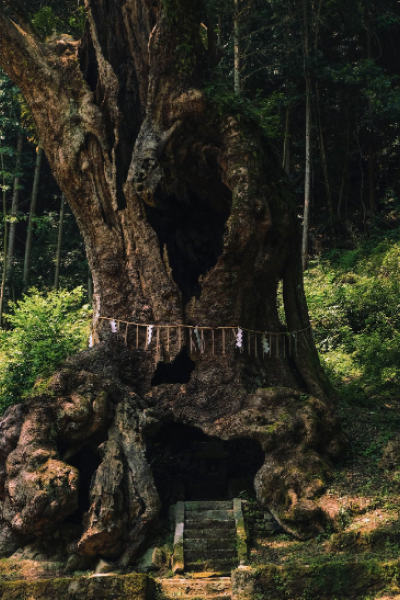
Oita
Famous For:
Oita is famous for Beppu Onsen, one of Japan’s most renowned hot spring resorts, Yufuin’s scenic beauty, and Usuki Stone Buddhas.
Why Visit:
Oita offers relaxing hot spring baths, picturesque landscapes, and historical sites like ancient stone carvings.
How to Get There:
Oita is accessible by train and bus services from various cities in Kyushu.
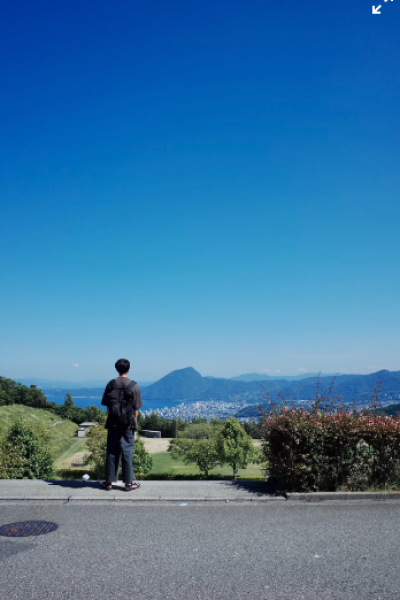
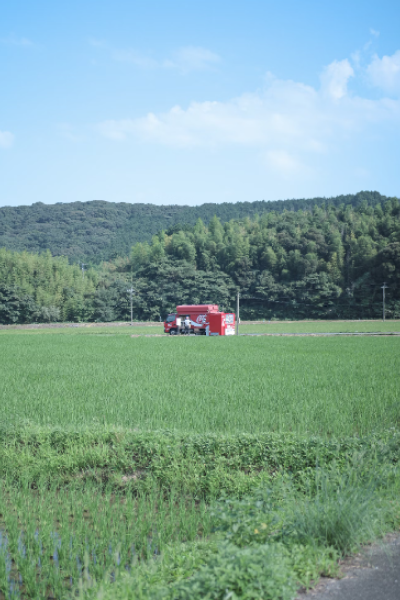
Kumamoto
Famous For:
Kumamoto is known for Kumamoto Castle, Suizenji Jojuen Garden, and Mount Aso, one of the world’s largest calderas
Why Visit:
Kumamoto offers historical landmarks, beautiful gardens, and the opportunity to explore the active volcanic landscape of Mount Aso.
How to Get There:
Kumamoto is accessible by train and bus services from other regions in Kyushu.
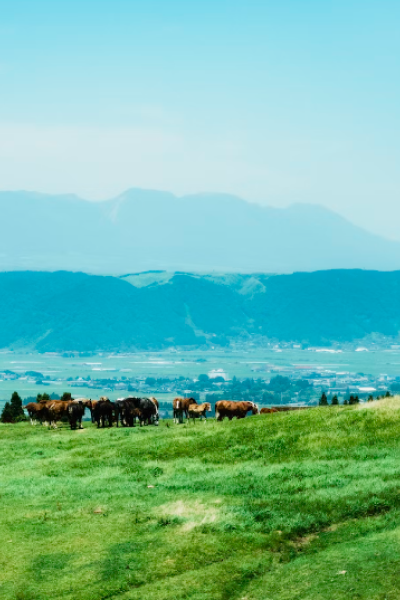

Miyazak
Famous For:
Miyazaki is famous for Aoshima Island with unique rock formations, Takachiho Gorge, and scenic coastal areas like Nichinan Coast.
Why Visit:
Miyazaki offers natural wonders, traditional mythology sites, and pristine beaches for relaxation.
How to Get There:
Miyazaki is accessible by train and bus services from various cities in Kyushu.
